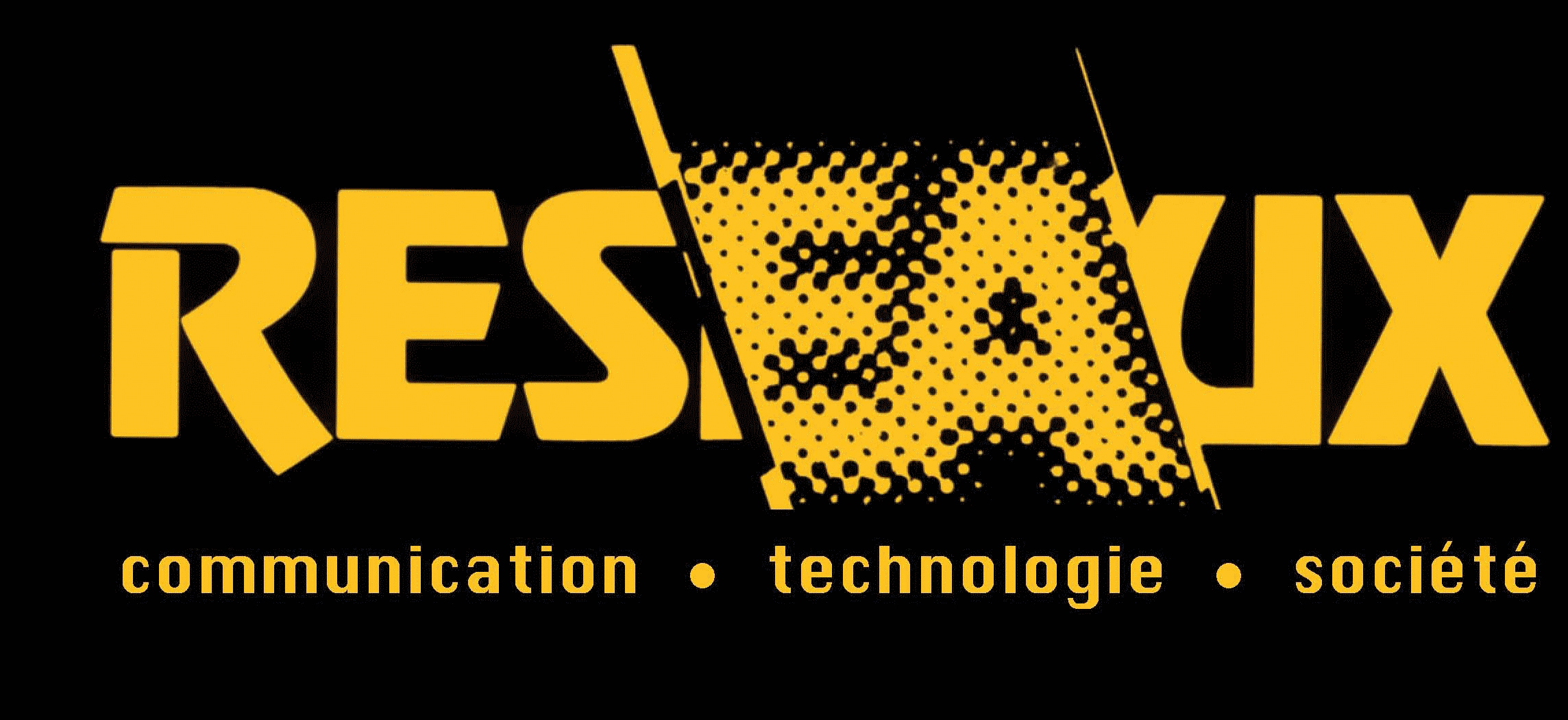Modernity of Political Communication or Simply a “New Labour Moment”?
According to the political scientists who, following Blumler and Kavanagh, wrote on election campaigns, Tony Blair’s accession to the leadership of the British Labour Party in 1994 and then his move to 10 Downing Street in 1997 are symbols of a historical evolution in political communication. They argue that the Labour Party’s, and then the Labour government’s, ability to organize press campaigns, to react swiftly to events, and to articulate political action to opinion polls, characterize a new form of political work that is permanently media-driven. If we set this political work in the context of internal power relations within the Labour Party between 1994 and 2007, these trends appear to be more uncertain and far less linear than they seemed. The political communication set up and embodied by a team of “modernizers” had to deal with the opposition of the party’s left wing and especially with growing mistrust among journalists. As a result, from 2001, the Labour government reviewed its communication and the intensity and role thereof in the hierarchy of political practices. The transformation of communication thus appears less of an ineluctable historical process than a practice whose uses vary in step with political conjunctures.
